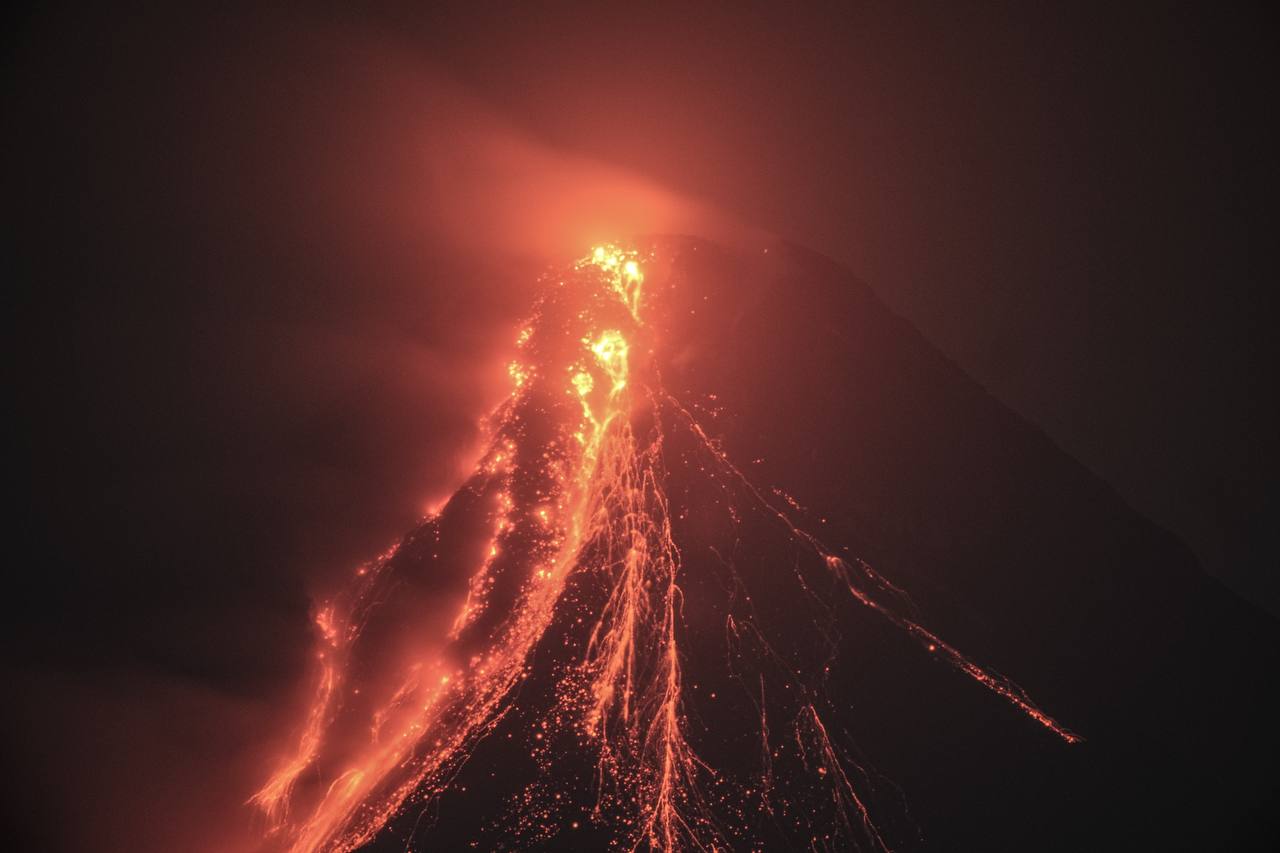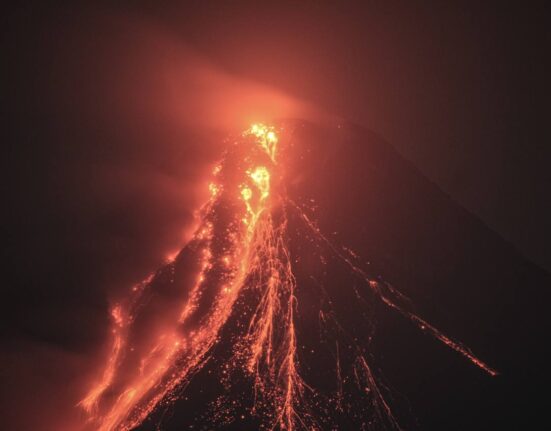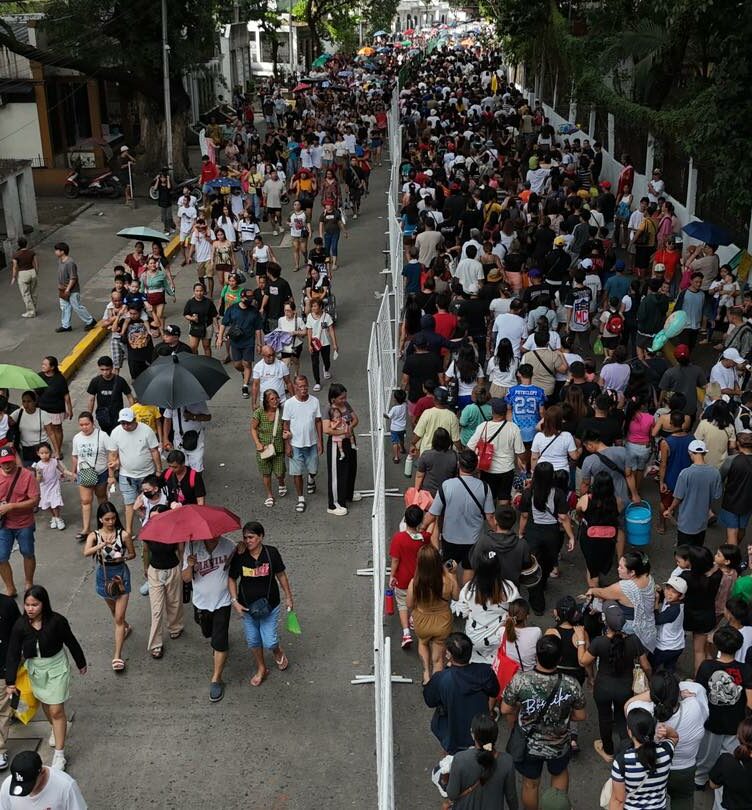MAYON Volcano had been hogging the headlines recently.
And while the continued unrest had affected the lives of residents living near the danger zones, it is the job of the volcanologist to ensure their safety and well-being, aside from the fact that they have to continuously monitor the tremors and lava flows and possible ejection of plumes or ash.
Because when a volcano is on the boil, it is a volcanologist’s job to say when it’s going to blow.
Talk about pressure, huh?
In times of geologic unrest, volcanologists are the world’s go-to experts when it comes to anything and everything volcano. They are the ones who study one of earth’s most fascinating landforms, understand its behavior and try to interpret its messages so lives can be changed.
What is volcanology
The usual textbook definition of volcanology is the study of the generation and movement of molten rock on Earth and other planetary bodies, primarily through volcanoes and volcanic eruptions.
But Ma. Antonia Bornas, the chief of the Volcano Monitoring and Eruption Prediction Division (VMEPD) of the Philippine Institute of Volcanology and Seismology (Phivolcs), gave an even more profound definition of volcanology.
According to her, volcanology is a multi-disciplinary science which involves various fields. Basically, there are disciplines dedicated to the understanding of magma and its chemical composition, rocks and minerals, and the many other players influencing the behavior of the volcano.
At the heart of it is Earth Science.
There are also other fields within volcanology that study other core sciences such as geochemistry, geophysics, engineering, information technology and social volcanology, to name a few.
A typical day for a volcanologist
Even if volcanoes are fairly quiet, volcano monitoring never stops. Typically, scientists are deployed to man volcano observatories all around the country doing both routine and emergency work 24/7. Basically, there is no closure of operations when it comes to observing volcanoes.
Assigned personnel will have to render regular office hours but are also required to complete workloads distributed on day, night, weekend and holiday duties.
In volcano observatories, there are routine protocols.
- Receive all summary information from the observatories, known as volcano observation daily summaries.
This mainly involves a report on the rundown of volcanic parameters, like the number of volcanic earthquakes, visual observations like surface plumes or any manifestations on the volcanic crater, rainfall, and volcanic sulfur dioxide (So2). The data will then be sent to base for information of senior officers.
- Summarize observation information
Done in the morning at around 5 am, the assigned officer must summarize all the information, and issue bulletins and issuances.
- Fulfill exit reports
Just like any job, the duty officer must submit an exit report which contains the checklist of everything that needs to be done. These include checking and sending all of the data obtained, as well as checking online and satellite portals and monitoring parameters such as gas emissions, thermal anomalies and the status of the volcano networks.
When there’s a volcanic emergency
A volcanic emergency necessitates immediate responses. The duty officer will have to report the volcano status so that an alert level can be raised. Bulletins also need to be drafted.
When there’s a minor eruption, Phivolcs must release two protocols within 10 minutes.
- Eruption notification
This is information on eruptive unrest coursed through the Office of the Civil Defense, the Office of the President through the Office of the Press Secretary or the cabinet secretary as well as the Department of Science and Technology (DOST) Secretary.
- Volcano Observatory Notice for Aviation (VONA)
These are forms mandated by the International Civil Aviation Organization from volcano observatories worldwide for aviation safety.
This is released to the Civil Aviation Authority of the Philippines (CAAP), Philippine Atmospheric, Geophysical and Astronomical Services Administration (PAGASA) and the Volcanic Ash Observatory Centers in Tokyo, Japan.
“If we have a volcano that is exhibiting some abnormalities in its monitoring parameters, some monitoring parameters or another or a couple, or a few or a bit beyond background levels, if that anomaly is noticeable but does not warrant a step up to the next alert level, we issue an advisory. But if the anomalies persist and we need to step up top the next alert level, we issue a bulletin,” Bornas told republicasia.
“If we have an eruption then we issue an eruption bulletin, then we provide updates,” she added.
Volcanologists also have to create posts for the public whether bulletins, advisories or updates or even photographs or status of the volcanoes, just to keep them informed.
Educational background
Looking through the list of courses available in any college, there’s hardly any school offering volcanology as a discipline. Given the complexity of the field, many have always wondered about the educational attainment needed to get into volcanology.
Bornas said anyone with a technical discipline, especially basic sciences and engineering as well as computer sciences and information technology, can make a career in volcanology.
This is because volcanology is a postgraduate course in the Philippines.
Bornas herself is a graduate of BS Geology and has a background in civil engineering. But geology graduates aren’t just limited to earthquake studies and volcanology, she said.
Most people who graduate with a geology degree eventually have to decide on a specialization. Many geologists, Bornas said, go into the mining industry, geothermal energy, petroleum sector and environmental sciences, among others.
Very few of them actually go into volcanology, she noted.
Experience is king
Also, a career in volcanology isn’t just limited to working for the Phivolcs. Knowledge in the discipline could lead anyone who possesses it to work in a university, in government or other related fields. But fundamentally, mastery in volcanology cannot be obtained just by taking it up in school. One needs to have experience.
“You cannot be a volcanologist without having worked on volcanoes for so many years. The knowledge of a volcano cannot be had by simply studying it. You need to be on that volcano, you need to work on that volcano, you need to be very familiar with that volcano,” Bornas said.
“Many years of work or exposure or field work or ground work or scientific work on the volcano is a must. Hindi pwede ‘yung nakaupo ka lang sa opisina,” she added.
She said only first hand experience will teach you what a volcano has done in the past, the areas it can affect and its geologic processes and hazards. There is an endless trove of information that can only be accessed by physically studying these furious mountains.
“These are things that only an experienced volcanologist and the one that has experience on the field will be able to answer,” she said.
Being a physical volcanologist, she studies deposits and what they say about past behavior of volcanoes. Fundamentally, edifices of volcanoes are built up by deposits from many years of activity. And to know what the volcano has done in the past, a volcanologist must look for exposures to these deposits.
“It’s not easy, it’s not easy work. You have to be lucky, be persistent. Sometimes you have to go in right after a disaster has happened,” she said.
“When we look at deposits of past eruptions, we just don’t go once, we look at them again and again and again kasi everytime you see something different,” she added.
Personal story
Bornas has been a state seismologist since 1995 and has been at the forefront of some of the most catastrophic volcanic emergencies in the country.
When she joined Phivolcs, she was immediately assigned to do ground work on the lahar flow incident in Mt. Pinatubo in 1995.
“I walked these rivers a long time [ago] around Pinatubo volcano. As a young geologist, nakita ko talaga yung importance of our work, ‘yun nga ‘yung sa Bacolor when it got buried the next day we were walking the deposits,” she said.
“The hardest crisis I’ve been through was the breakout of Pinatubo crater lake in 2000. I was directly involved with that. I was still young at that time and most of the elder geologists were abroad taking up post graduate degrees. I was practically left here with Dr. Chris Newhall,” she shared.
Dr. Chris Newhall is a retired volcanologist formerly with the United States Geological Survey (USGS) who accompanied Phivolcs’ late former director Ray Punongbayan in the successful monitoring and prediction of the cataclysmic Pinatubo eruption in June 1991.
Among other memorable volcanic emergencies she’s had in her career include the Mayon eruption in 2000 as well as the Taal eruption in 2020.
What does it take to be a volcanologist?
As the job demands massive mental and physical focus, there is one crucial requirement to be a volcanologist: “You need to be fit.”
Given the requirement of experience, climbing a volcano is a must. Therefore a healthy and fit mind and body are imperative should anyone seek to be a hotshot volcanologist.
Methods are indirect
Even through years of study and significant advent of technology, the inside of a volcano is still a vague picture to the human eye.
“The thing with volcanoes is you don’t really see what’s inside, so all of our methods are quite indirect,” she said.
Basically, what enables experts to imagine what’s inside these are some parameters that they study and which give them clues to what most likely is brewing beneath the surface.
“The framework of a volcano is actually the holy grail of volcanology – to be able to establish the conceptual framework of what this volcano is internally and what is the so-called plumbing system niya or the magma plumbing system niya,” she said.
Volcanology is a lot of detective work
The vast scope of the work, its complexity, and its crucial importance to mankind has fascinated so many, including experts themselves.
“It’s one of the reasons why I fell in love with this. I really like the forensic aspect, it’s a lot of detective work but yun nga, all of our methods are indirect,” Bornas said.
Even with profound research and technological advancement, volcanologists are still faced with so many uncertainties in this field. This is why they avoid the term “prediction” when referring to volcanic emergencies. Many would rather use the word “forecast” to better describe their observations and findings.
“There is a lot of uncertainty in this kind of science. We not only communicate information but also the uncertainty of our information,” Bornas said.
So, do you think you can handle the pressure?
How useful was this post?
Click on a star to rate it!
Average rating 0 / 5. Vote count: 0
No votes so far! Be the first to rate this post.
We are sorry that this post was not useful for you!
Let us improve this post!
Tell us how we can improve this post?






